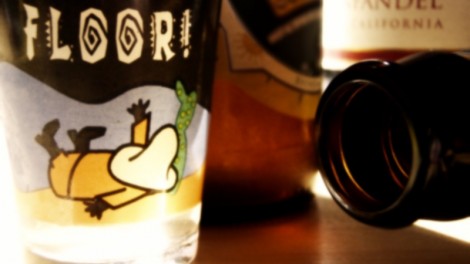
Every day in the U.S., seven thousand youths under the age of 16 start drinking alcohol. Toren Volkmann, co-author of From Binge to Blackout, was one of these youths. Recently, he and his mother, co-writer Chris Volkmann, visited Temple Shir Tikva to share their stories with the Wayland community.
Toren never dreamed he would start drinking. But at the age of fourteen, he found many reasons: curiosity, peer pressure, and a temporary high.
“In the beginning it felt like the ultimate freedom,” he said.
Chris shared the story of when she came home with her husband to find Toren in a drunken stupor. Her husband suggested videotaping Toren, since he had most likely blacked out. Chris didn’t understand; she thought a blackout was when an individual passed out from consuming alcohol.
Not so. When an individual blacks out, he is still conscious but not forming new memories. Blackouts can occur when an individual has consumed too much alcohol, most likely from binge drinking. Binge drinking is also known as “drinking to get drunk” and is defined as five or more drinks for males, or four or more drinks for females.
“Remember that alcohol is not a benign substance and learn about the consequences of youth alcohol abuse. Do not perceive underage and binge drinking as inevitable. Parents can combat the way media portrays alcohol as glamorous.”
~ Chris Volkmann, www.bingetoblackout.com
One drink is 5 ounces of wine, or 1.5 ounces of hard liquor, or 12 ounces of beer. The Volkmanns emphasized that ‘light beer’ is only ‘light’ on the calories. It has the same alcohol content as a standard glass of beer.
Along with alcohol, Toren started smoking marijuana and cigarettes. His drinking habit grew steadily, and when he wasn’t drinking, Toren experienced withdrawal symptoms — shakes, sweats, and physical sickness. When the problem became unbearable, he told his college adviser and was sent to rehab.
In order to stay in college, Toren was forced to attend AA meetings. He was 19.
[adrotate group=”2″]
Barbara Wolfson, the academic center coordinator at Wayland was in the audience during the Volkmanns’ presentation. Wolfson is also co-leader of the Student Awareness Program (SAP) at the high school, a group that is dedicated to a substance and alcohol free high school life.
“The mom was talking about always viewing them as a perfect family and yet, here she is. One thing I walked away with was, as parents, you must look at your own habits as a family, like what role does alcohol play in your day-to-day existence that is present for your kids to see,” said Wolfson.
“Are you the kind of family that every night at dinner, the parents have a bottle of wine? Or are you the type of family who every day at five you are having a margarita or a cocktail or something?”
Wolfson added, “I feel like you can never have too much information because it’s so prevalent right now.”

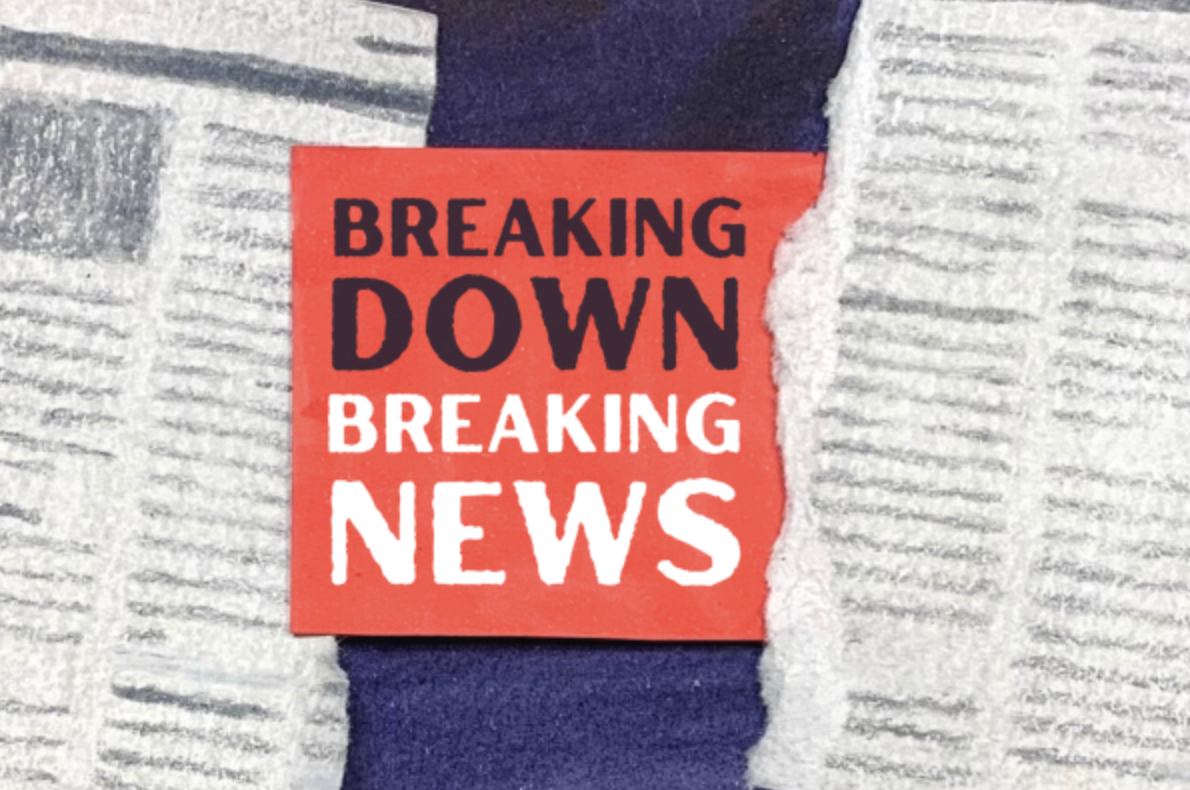
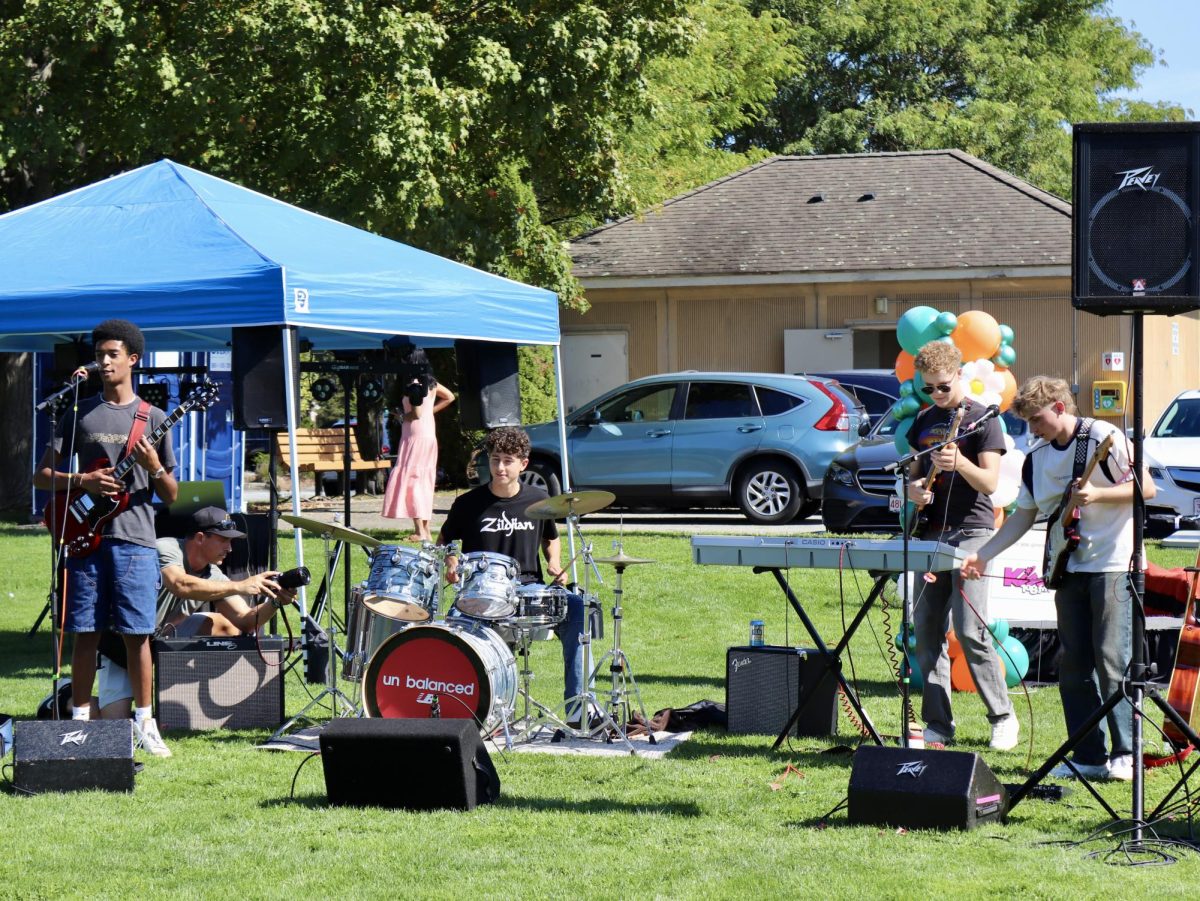

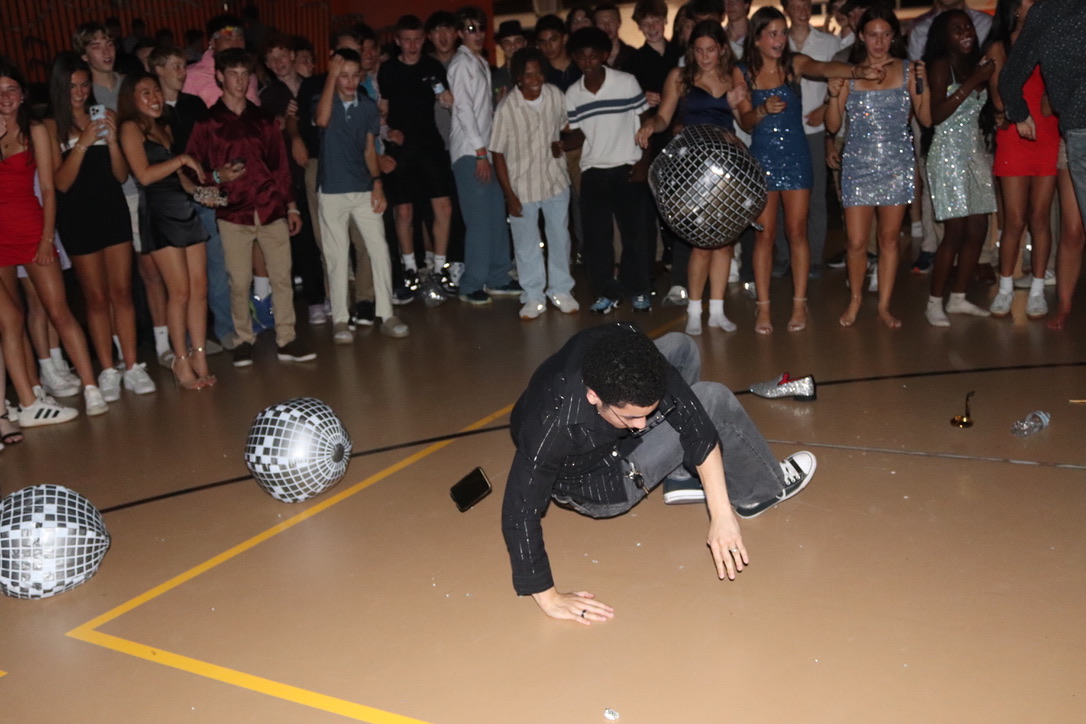
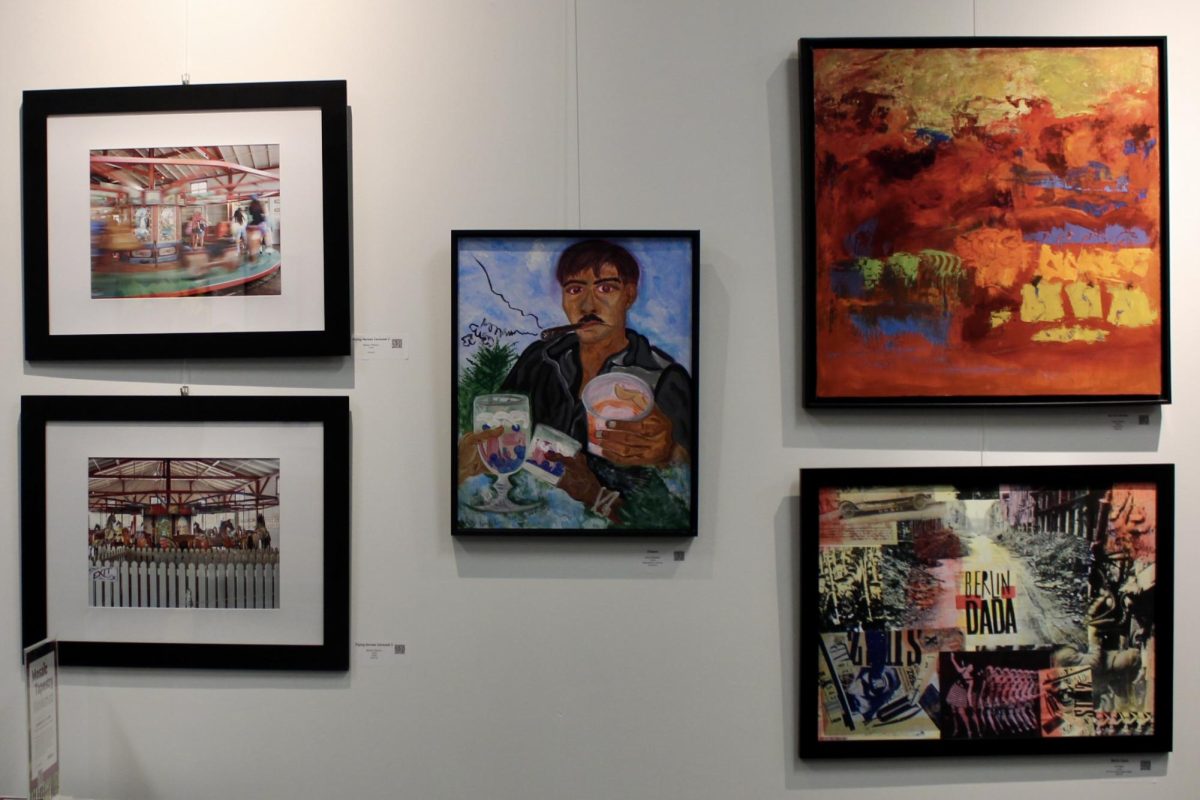








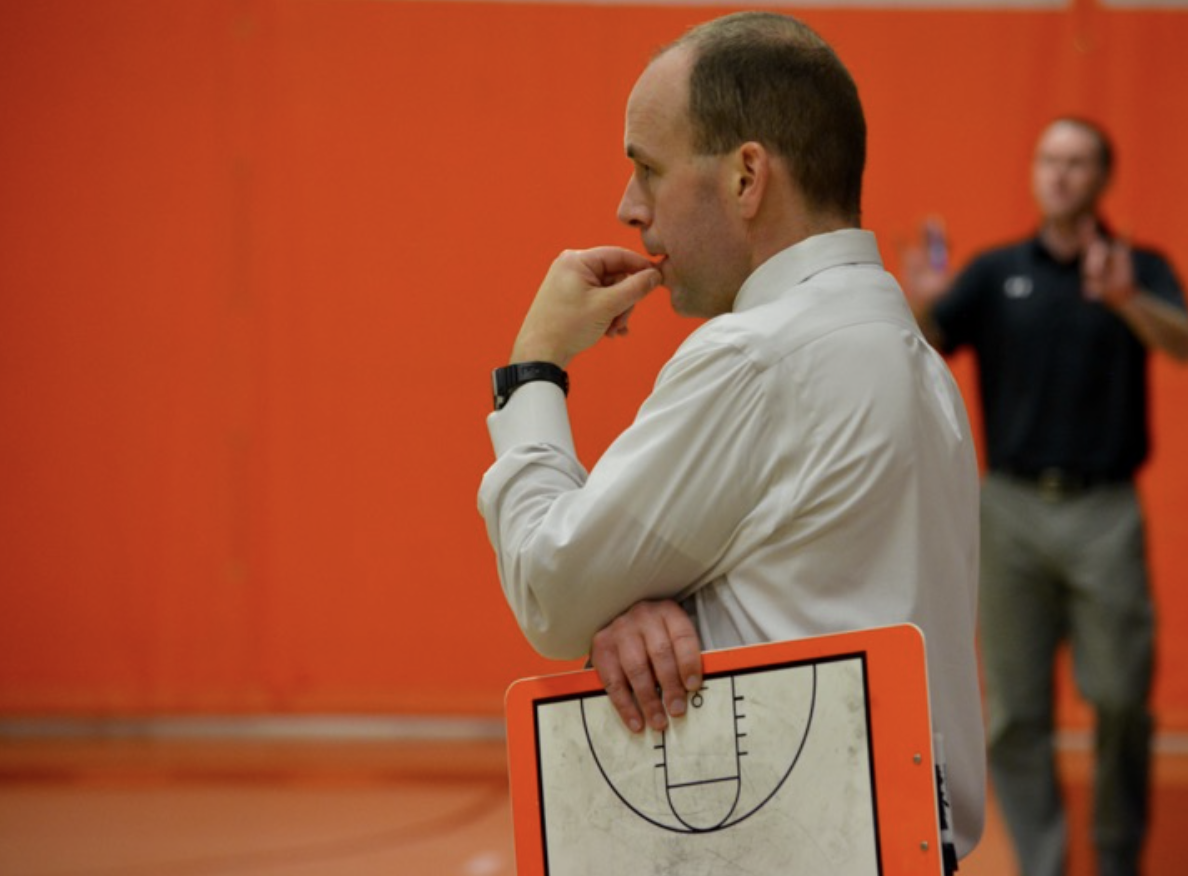
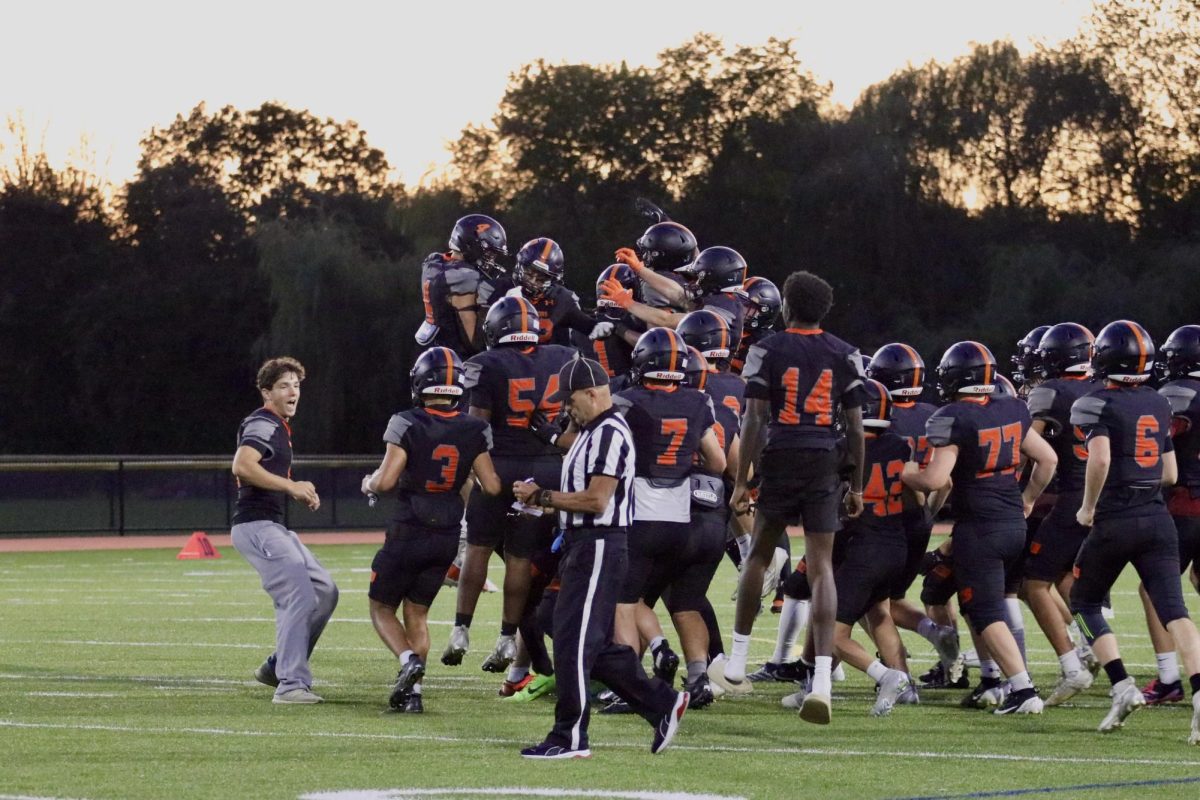






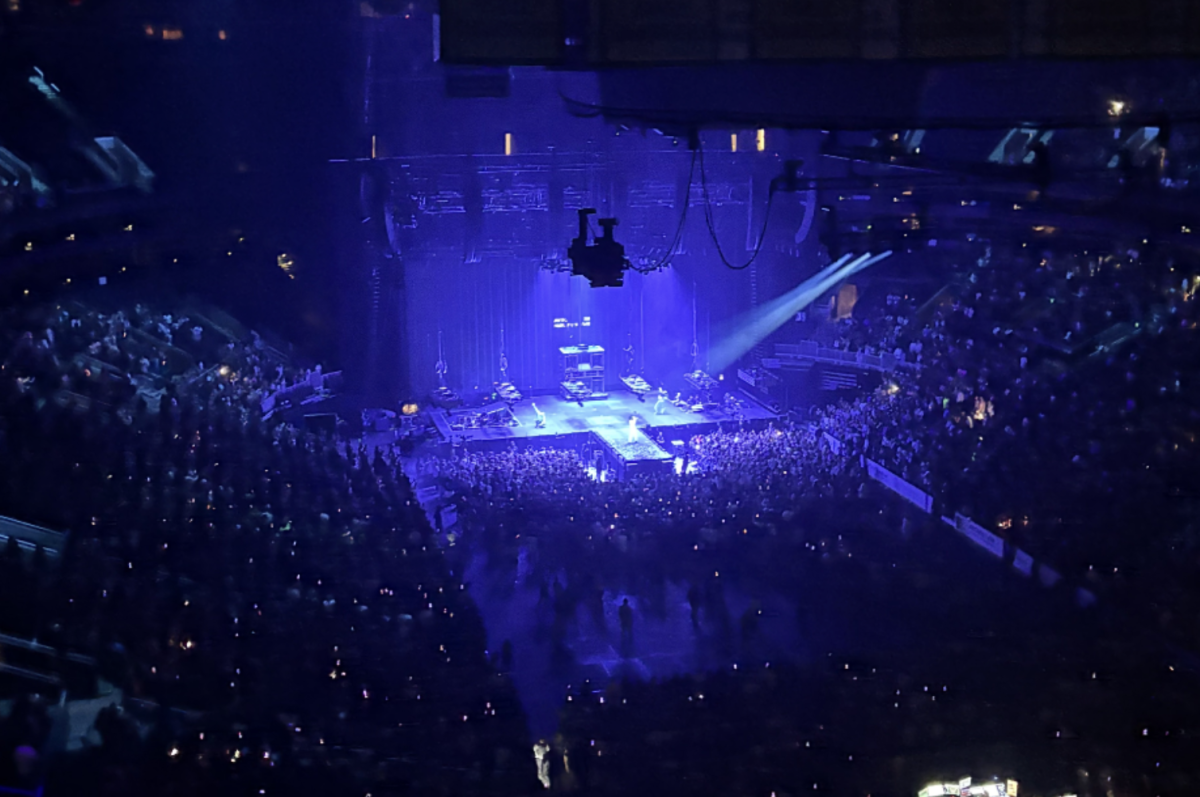





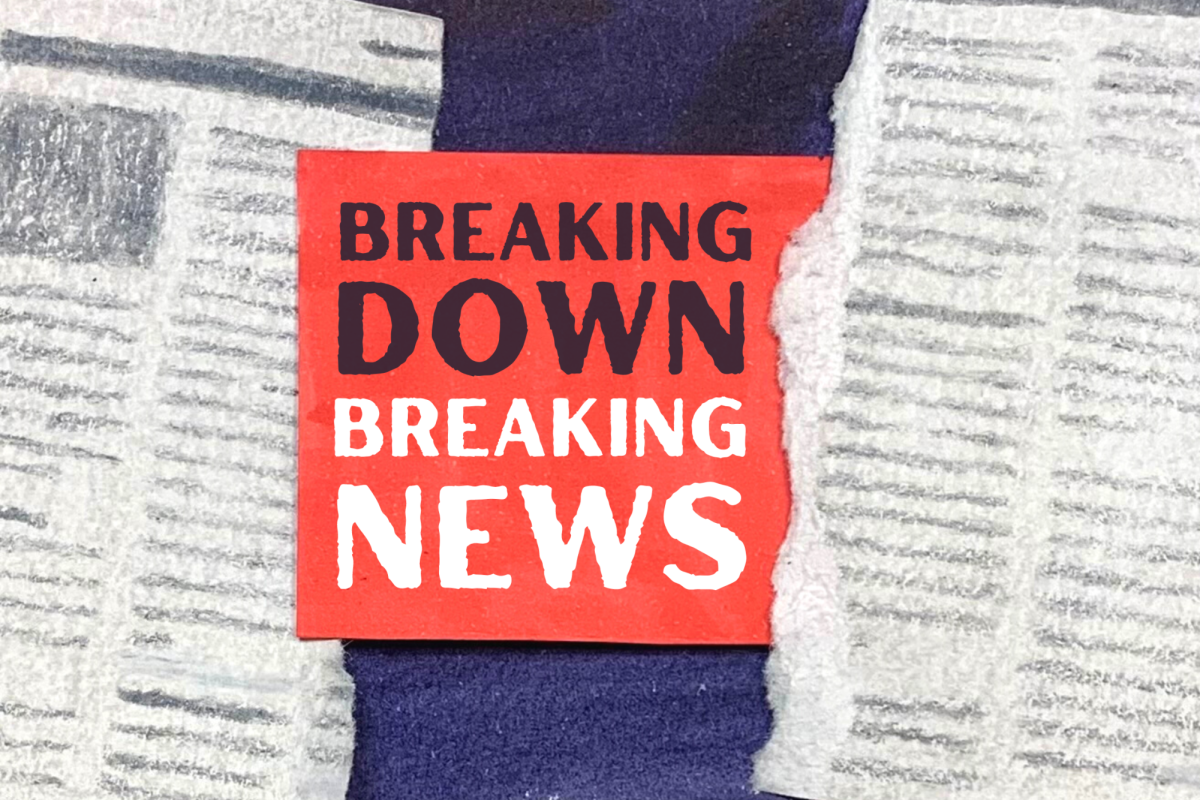
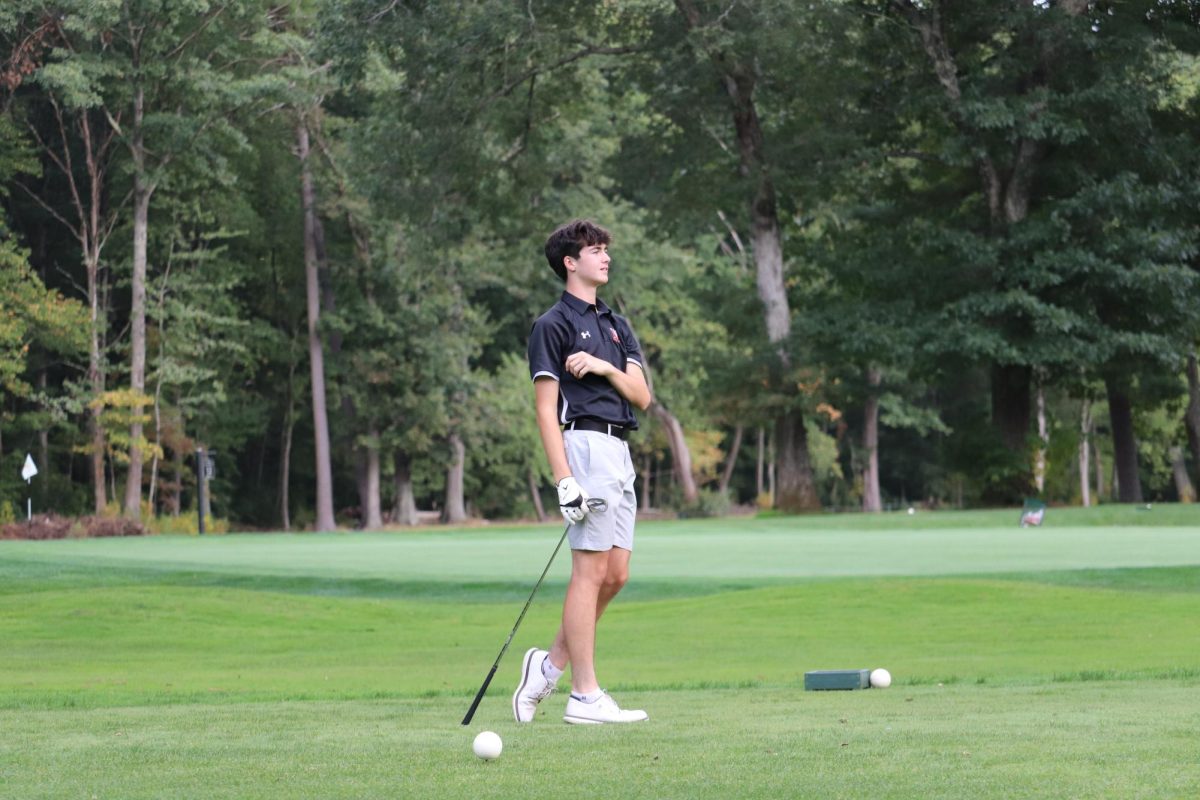
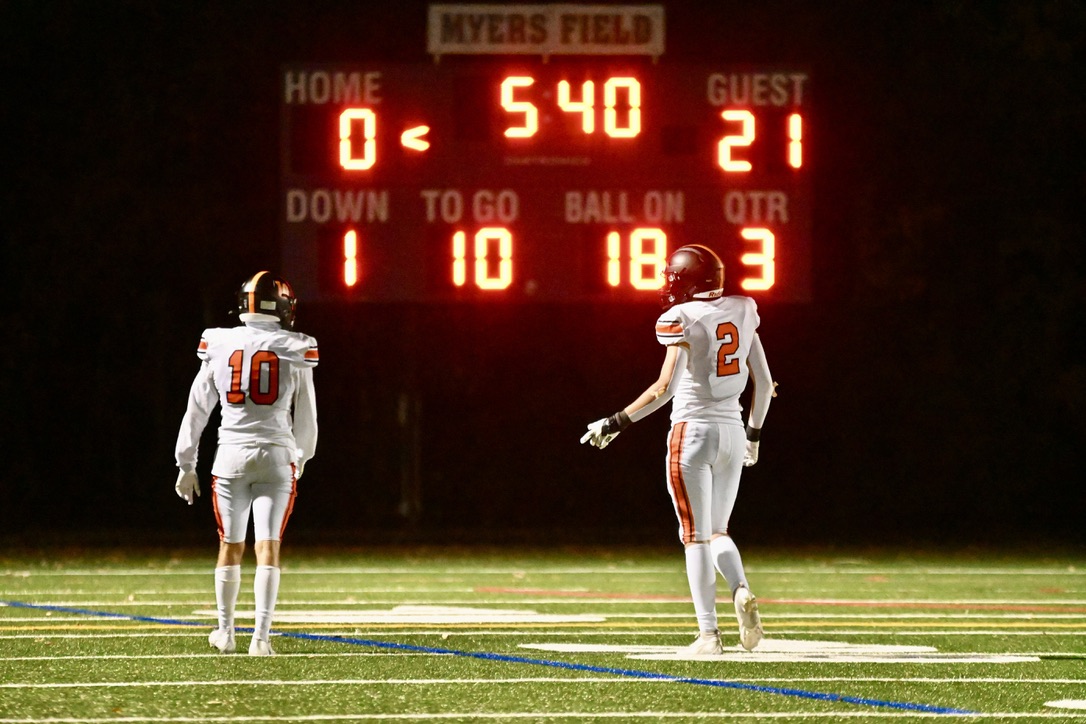

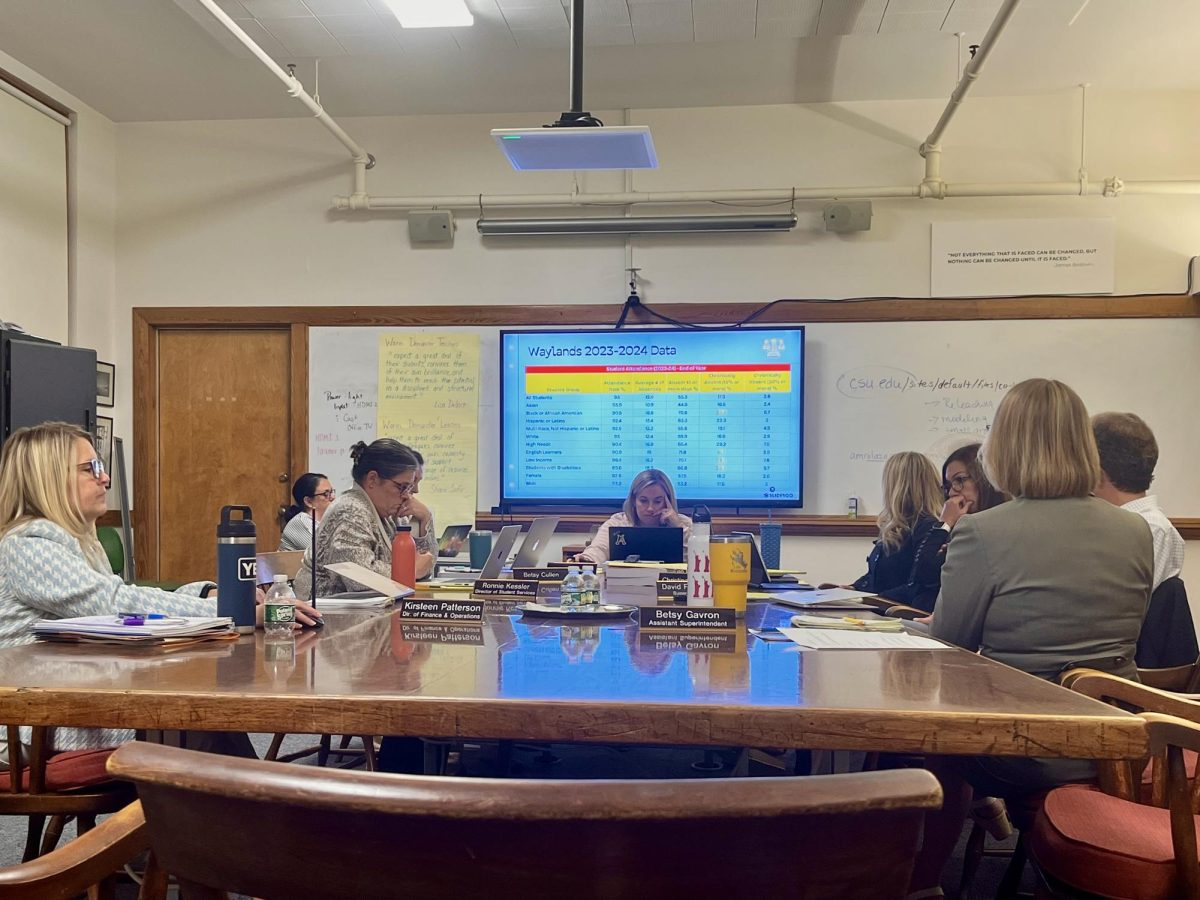

Sophomore • Apr 17, 2010 at 12:41 AM
Drinking is a real problem at WHS. I feel that a large majority of the kids, in every grade, are doing it. Its pretty scary.